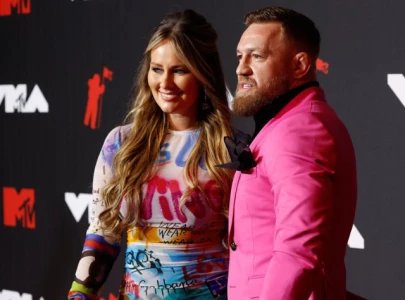
Without doubting the good intentions of our media, especially the 24/7 news channels, which are trying to bring to the public’s notice cases that demand huge public pressure to follow them up, I must ask them: was the coverage of this five-year-old girl any reflection of a mature, ethical and responsible media? Was it absolutely unavoidable to show the child’s face, her name and also, her family members? I feel so let down. For the past two decades I have been trying untiringly to create a gender-just media. I would like to remind those hundreds of media persons whom I have trained on gender sensitisation and balanced portrayal of women and children, to look back and remember how we all had agreed not to sensationalise — whether through visuals or words — cases of rape, assault and harassment.
In 2003, when I, along with friends and colleagues from the media and civil society, presented the first ever gender-sensitive code-of-ethics for print media in Pakistan, the basic aim was to facilitate the media with a document that would be useful while reporting and writing on women. Since then, the code has not only been widely disseminated within Pakistan but has also been shared with media and civil society organisations across the globe. Some changes have also been witnessed in many newspapers where there has been a positive and sensitive shift in language use and pictorial depiction.
However, the freeing of airwaves changed the media scenario with scores of 24/7 TV channels coming up, each having its own definition of what’s ethical and what’s not. With each passing day, unethical and sensational coverage of incidents of gender-based violence increased. People, like me, who’ve spent their lives trying to gender sensitise the media, felt an urgent need to revise and revisit the code in consultation with the new stakeholders. With much training, round-tables and on-desk consultations, in July 2013, a revised code-of-ethics inclusive of both print and electronic media in Pakistan was formulated and has been widely disseminated. The code aims to provide specific guidelines on different formats like news, current affairs and entertainment programmes. Under the clause Right to Privacy of this code, it specifically states:
“Names and photographs of the (rape) survivors or other particulars indicating their identity, location and profession/occupation, must not be published, broadcast or telecast.”
But is a code-of-ethics really a solution to what ails the media when it comes to covering crimes — especially rape? One code or a thousand codes cannot guarantee ethically and socially responsible media content if the content producers do not own the code — without reservations and wholeheartedly.
How can the media be assured that the absence of a name or a face or information on family and relatives is not a shortcoming in the coverage of rape, but rather a positive step towards maintaining the survivor’s (and her/his family’s) self-respect and dignity. The media needs to understand that any act of sexual assault is a crime of violence, lust and power. Rape is said to be an extremely painful experience — physically and mentally, and the least the media could do is to cover such incidents in a manner that does not compromise on the survivor’s and their family’s dignity and self-respect. The first step in this direction would be to withhold the names, faces and any other identification that could add to the stigma associated with sexual assault. Instead, wouldn’t it be more logical and useful if the media spends some time to cover the issue of sexual assault, including the psyche and motives behind committing this heinous crime?
Published in The Express Tribune, September 23rd, 2013.
Like Opinion & Editorial on Facebook, follow @ETOpEd on Twitter to receive all updates on all our daily pieces.
COMMENTS (3)
Comments are moderated and generally will be posted if they are on-topic and not abusive.
For more information, please see our Comments FAQ













Thank you for bringing this up and informing us of the code of ethics that is out there but is not being followed. I believe a petition can be filed against such channels. I was really surprised when I accidently saw the CCTV footage of the 5 year old rape victim on TV whereas I usually do not watch news on TV only for this reason that they sensationalize and brain wash the audience! I admire Indian media in this regard as they did not disclose the name or photo of the Delhi gang rape victim and even 9 months after the incident it has not been revealed. PAKISTANI MEDIA! PLEASE LEARN SOMETHING FROM THIS!
The best article; But who in media is going to listen to you or practice the trainings they got form you; Perhaps none. There is crazy race to unleash stories as horrifying as possible and become THE FIRST in most terrifying manner without any regards & respect to its effect on the victims and the people watching the TV. The background music of breaking news are as that of horrific movie. The newscaster have become actors narrating the stories with emotions and voices variations as per requirement of story.
A Peshawary
Totally agree with you. I have been disturebed for days on this incident and media coverage. These folks need to stop beahving like voultures and show some charecter.